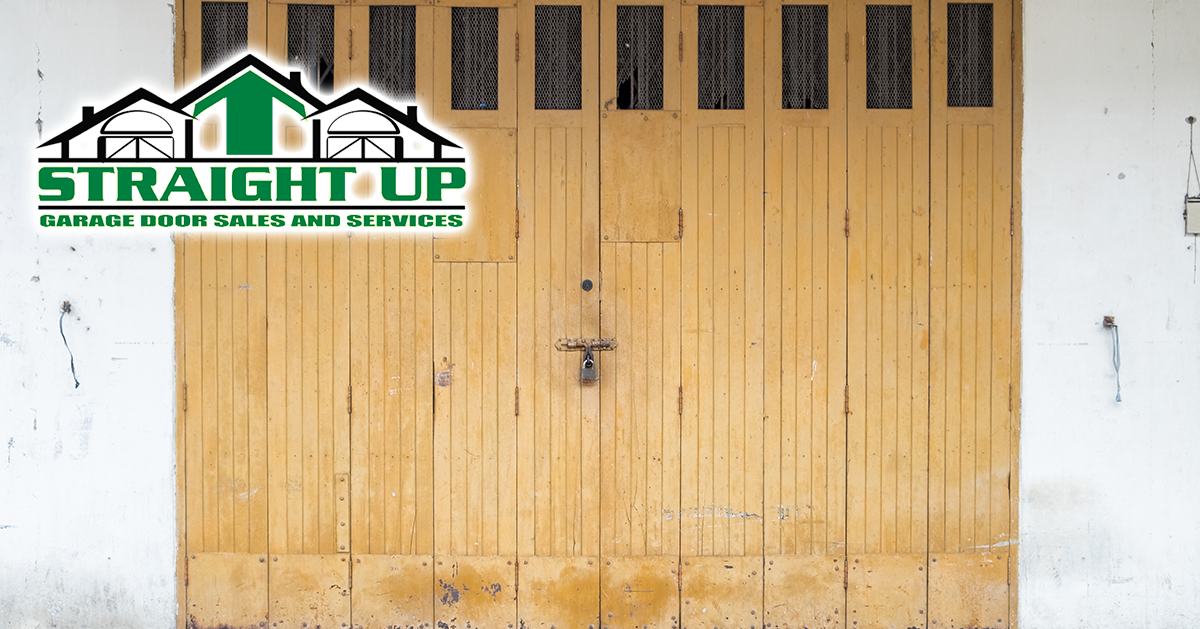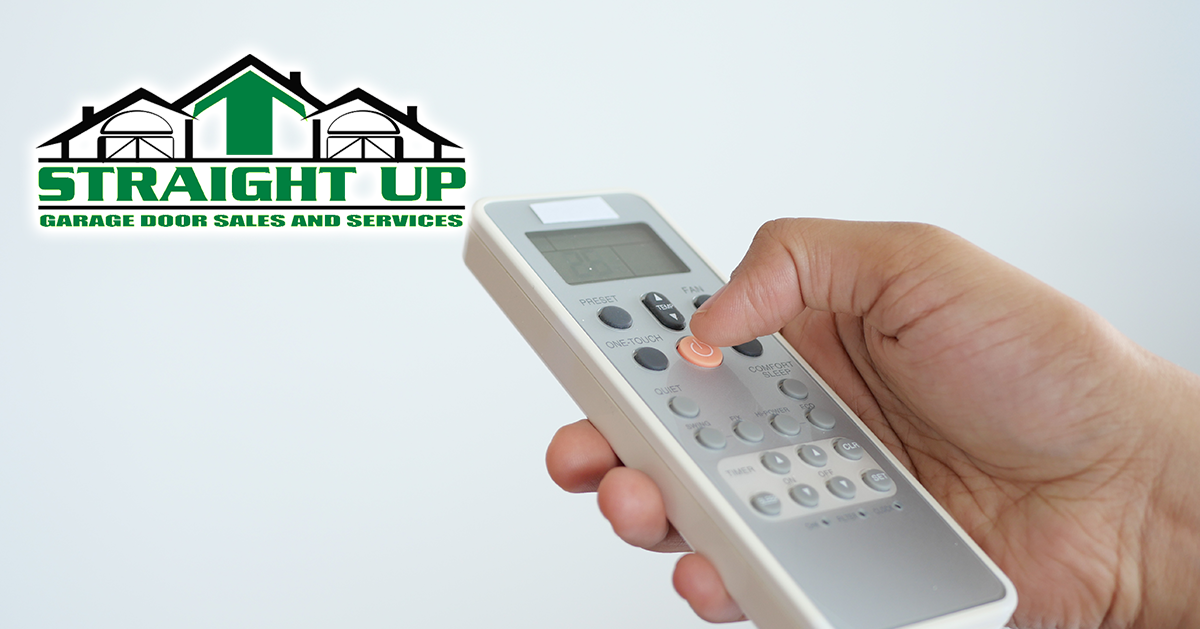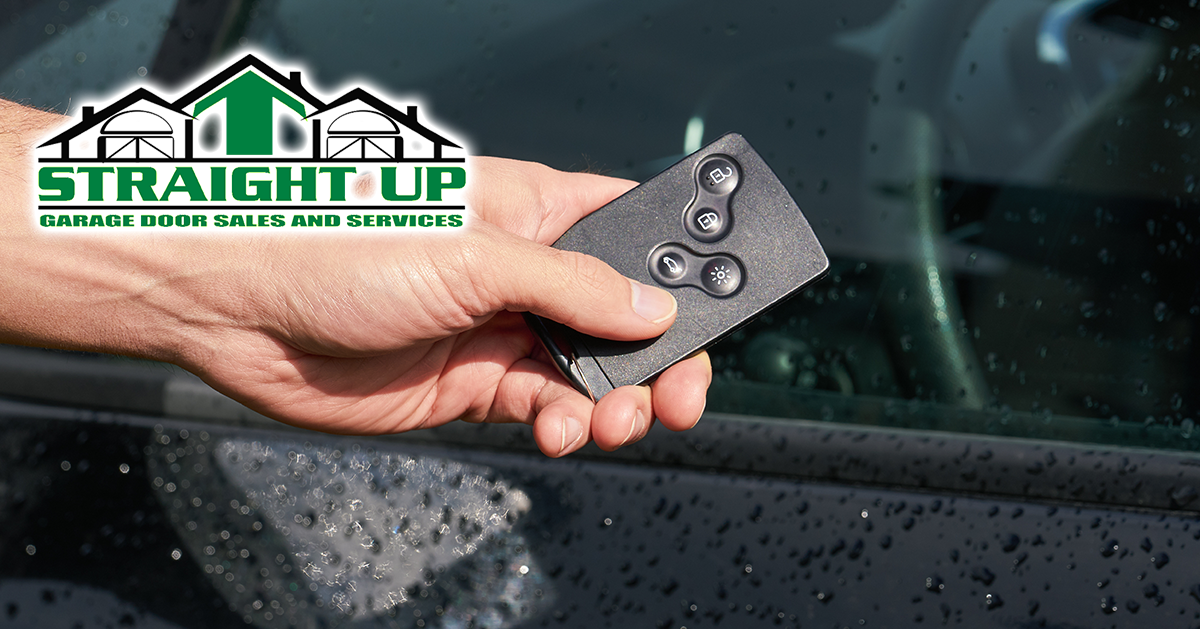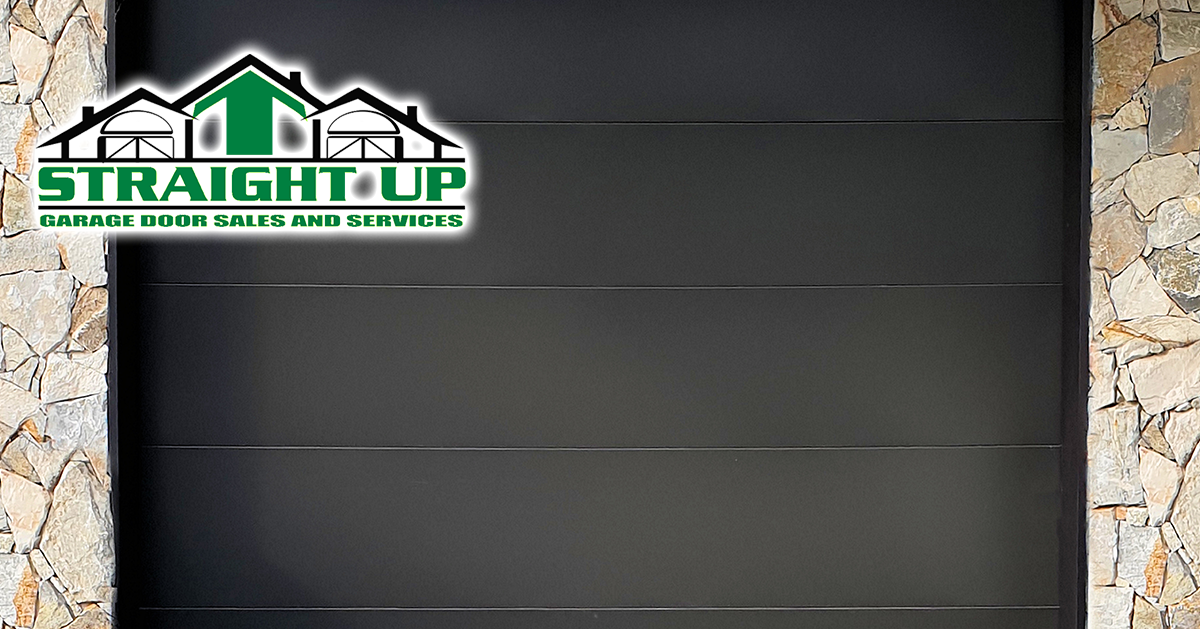Trying to pick the right colors for the exterior of the house is a stressful experience. Neighbors and people driving by won’t see the inside of the house. However, they will see the exterior and likely comment on it as they pass by. Though now is not the time to worry. Garage door experts typically have the ability to advise homeowners on color selection. We’re here to break down the basics for you today. Read on to learn all about selecting garage door color.
Before We Begin
A garage door takes up the majority of the front of most people’s homes. However, the garage door should not be the focus point. How do designers and architects focus attention on the front door, where it belongs? Through pops of color and intricate glasswork. When selecting a garage door color, remember that the garage door should compliment and blend into the house. The front door is the pop of color for the curb appeal.
With this in mind, now is the time to prepare yourself for a neutral garage door color. Neutral colors blend the door in with the rest of the front elevation, allowing the front door to shine.
White/Cream
This is the classic garage door color. Cruising through any suburb in the country, this is generally what people see. White is the classic choice for a reason. It is a neutral and inoffensive tone that the eye can land on and then glide over fairly quickly. However, there are two important warnings about a white garage door.
- White doors show dirt pretty easily. A white or cream-colored door requires much more cleaning than a dark door does.
- If the white is too pure of a crisp, bright white, you risk hurting people’s eyes. White is a highly reflective color, especially in The Sunshine State.
Those risks are why many homeowners elect to go with an off-white or cream color rather than stark white. However, if stark white blends with a home, all the homeowners need to do is make sure that they have time to clean it.
Black/Dark Grey
At the opposite end of the neutral spectrum lays black, occasionally substituted as dark grey. Black is actually more classic, but due to its low amount of use, feels more modern than white. The only caution to take with black is to really make sure that it matches the home’s colors. Black is extremely difficult and time-consuming to paint over. Additionally, black doesn’t gel well with neutral tones.
Dark Brown
Dark brown is an excellent option for deeply neutral toned houses looking for a classy coating. The color replicates a wooden material effect, which adds a sense of timelessness. It is one of the full colors outside of the true neutral spectrum of whites, blacks, and greys, that works on homes.





